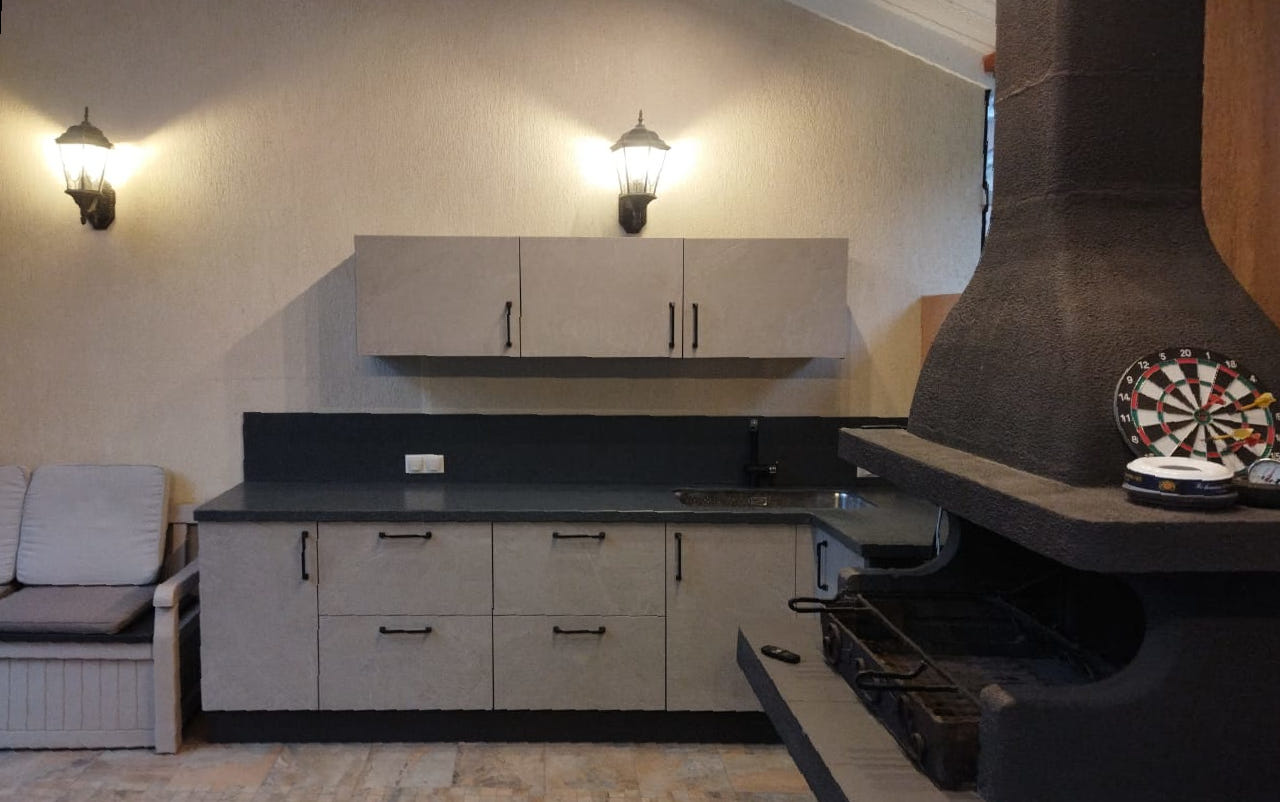
Transforming Home Culinary Design: The Evolution of Modern Kitchens
The kitchen has long been the heart of the home, where families gather to share meals and make memories. However, the function and design of the kitchen have evolved significantly over the years. From closed-off spaces designed purely for utility to expansive, open-plan designs that are as much about socializing as they are about cooking, home culinary design has transformed to meet the changing needs and desires of homeowners.
The Rise of the Smart Kitchen
Technology has been at the forefront of kitchen transformation. The emergence of smart appliances and connected systems has revolutionized the way we interact with our culinary spaces. Refrigerators that can track expiration dates, ovens that can be controlled remotely, and voice-activated faucets add convenience and efficiency to the modern kitchen. These smart technologies are transforming kitchens into responsive, user-friendly environments where convenience and control are at the forefront.
Embracing Open-Concept Layouts
The open-concept kitchen has gained popularity in recent years, encouraging a more integrated living space. This design allows for greater interaction between the kitchen and other areas of the home, such as the dining and living rooms. By knocking down walls, the kitchen becomes a central hub for entertainment, making cooking a more social experience. Open-concept designs also grant the opportunity for more natural light and a sense of increased space, making the kitchen feel more welcoming and airy.
Eco-Friendly Solutions in Kitchen Design
Sustainability is a growing concern, and kitchen design is keeping pace with eco-friendly options. Energy-efficient appliances, recycled materials for countertops and cabinetry, and low-flow faucets are just a few examples of how design is changing to accommodate environmental consciousness. Homeowners now have the opportunity to reduce their carbon footprint while enjoying a stylish and modern culinary space.
Maximizing Minimalism
The minimalist movement has made its mark on kitchen design. Clean lines, simple color palettes, and clutter-free surfaces contribute to a tranquil culinary environment. This design philosophy not only creates a more stylish and sleek space but also promotes efficiency and ease of use. With ample storage solutions cleverly hidden away, the minimalist kitchen supports a practical approach to home cooking and entertaining.
Personalization and Customization
As consumers seek to make their spaces uniquely their own, personalization has become a key trend in home culinary design. Custom cabinetry, unique backsplashes, and hand-picked hardware allow homeowners to express their personal style. Whether it’s through bold color choices or vintage-inspired appliances, today’s kitchens are as unique as their owners, reflecting individual personality and taste.
Conclusion: A Space that Feeds More than Hunger
The transformation of kitchen design reflects the changing ways we think about and use this space. No longer just a place for preparing meals, the kitchen has become a multifunctional area that caters to our need for connectivity, sustainability, aesthetic beauty, and personal expression. As we continue to spend more time at home, the importance of a well-designed kitchen that meets all our needs – both practical and emotional – becomes ever more apparent. The home culinary design is a testament to our evolving lifestyle, proving that the kitchen can indeed be a place that feeds more than just our hunger.